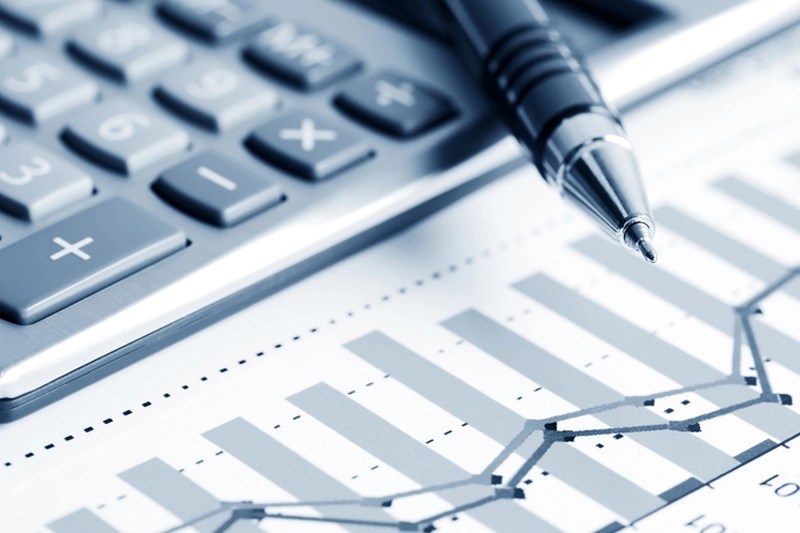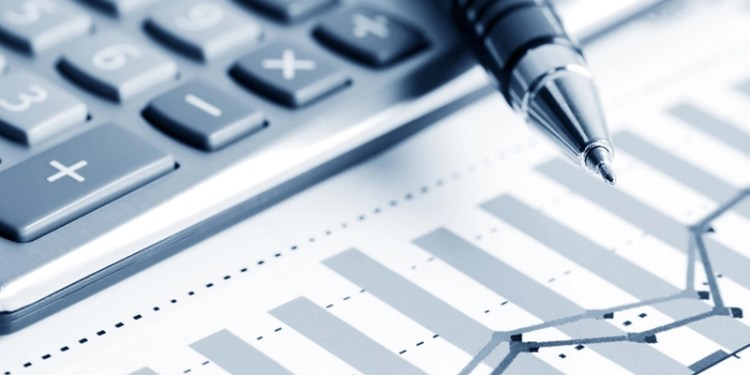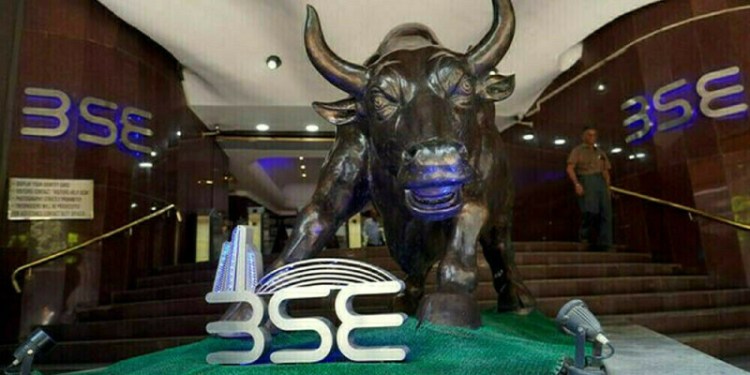
The Federal Reserve’s aggressive rate-hiking campaign over the past 18 months has led to a surge in high-yield savings accounts, offering a silver lining to consumers amidst concerns of an economic slowdown. The central bank’s policy, which has resulted in higher rates on consumer and business loans, has been met with mixed reactions due to the potential for more expensive borrowing costs and subsequent economic deceleration.
While higher rates often mean increased borrowing costs for consumers, including home equity lines of credit, auto loans, and credit cards, they also present an opportunity for savers. Banks and credit unions tend to raise their savings rates during periods of high interest rates, providing a chance for Americans, particularly retirees living off their savings, to earn more.
As of September 21, the national average banking savings rate stood at 0.58%, according to Bankrate. However, thanks to the Fed’s rate-hike campaign, more lucrative options have emerged for savers in the form of high-yield savings accounts. These accounts are currently offering between 4.35% and 5%, providing a lower-risk return option for consumers.
“The top-yielding savings accounts are the only free lunch in finance – you get an additional return but don’t have to take the risk to get it,” Greg McBride, chief financial analyst at Bankrate said. He added that irrespective of whether rates are high or low, it pays to shop around to ensure maximum returns on investments.
Several saving accounts now have yields higher than the national inflation rate of 3.7% recorded in August. Some accounts are earning as much as 5.25%, outperforming inflation significantly. Institutions such as UFB Direct, Popular Direct, CIT Bank, and Tab Bank are currently offering some of the best rates.
Despite these appealing savings rates, experts caution that money could potentially yield higher returns if invested. This cautionary note comes as the Federal Reserve paused rate hikes for the second time this year, but hinted at another increase in the future.
This article was generated with the support of AI and reviewed by an editor. For more information see our T&C.
Source: Investing.com




























